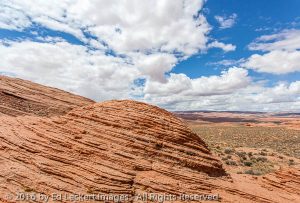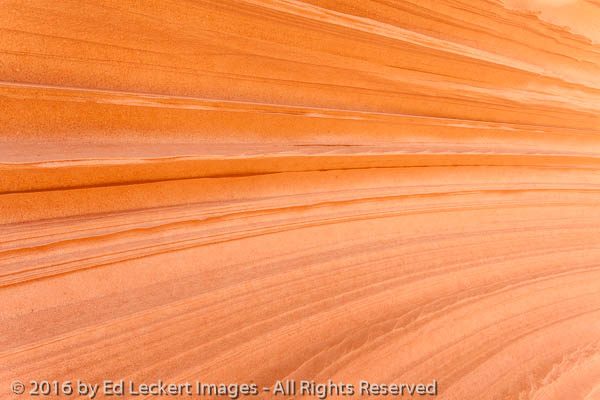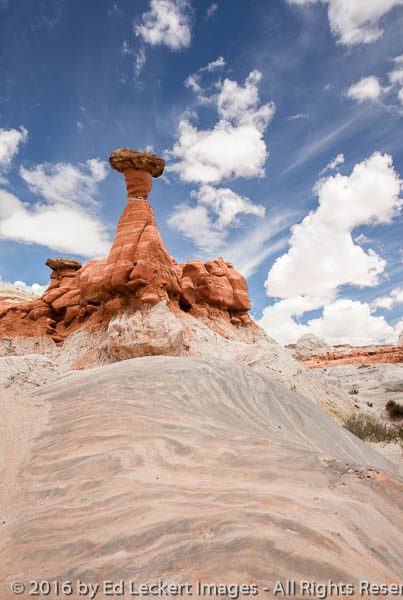


In last week’s article, Lake Powell Surprise, my friend Jeremy and I were shooting in the Glen Canyon Dam area near Page, Arizona, when we spotted some sandstone features that reminded us of the famous feature known as “The Wave” in the nearby Paria Canyon-Vermilion Cliffs Wilderness of the Colorado Plateau. Since “The Wave” requires a permit that is difficult to get, we decided to check out the local features that were much easier to reach.
Speaking of last week’s article, thanks to subscriber Max and also my friend Lee for identifying the little critters we spotted as being kit foxes. I knew they looked familiar, but I just couldn’t place them. Thanks, guys!
The area we decided to explore on this day was just off US Hwy 89 between the Glen Canyon Dam and the Arizona-Utah state line. This area is close to Lake Powell and is part of the Glen Canyon National Recreation Area. Lake Powell, as we discussed last week, was created when the dam was built in the late 50s and early 60s. But today instead of looking for scenics of the lake, we would get up close and focus on the sandstone features, looking for interesting patterns carved into the soft sedimentary rock by flash floods and other forces.

A sandstone dome shows off the many layers of sediment that make up the geology at the Glen Canyon National Recreation Area, Arizona.
Getting to these rock formations required a certain amount of scrambling. The formations were something like a miniature mountain range, with peaks and valleys and ridgelines. Scramble up over a ridge and there’s always a surprise waiting for you on the other side, usually in the form of a bowl-shaped valley and often with a garden of cactus and other desert plants at the base where rainwater tends to collect. Some of the scrambles were easy, while others were so steep as to be too dangerous for me to climb, especially with my camera gear. I wasn’t really high enough that a fall would kill me, but I could see getting a few broken bones for my efforts if I weren’t careful. On the other hand, there was often another safer route into the same bowl, if you just wandered around to the other side of it, so I was able to get just about everywhere I wanted to be.
As a photographer, I love shooting close-ups of interesting patterns and textures, and this area had plenty of material to work with. The way the sandstone was formed as different types of sediment were laid down and compressed under different conditions makes some layers harder than others. The softer layers get eroded away first, leaving the harder layers and forming interesting grooves in the rock face. As the grooves are worn down over time, they become smooth rings, offering a different look.

Flash floods have carved sharp grooves in this sandstone basin, in Glen Canyon National Recreation Area, Arizona.
We spent hours exploring the formations here, but eventually it was time to head to our next destination. On the way we passed the Paria Rimrocks area which features a short hike to some hoodoo formations that look like toadstools. Always up for a short hike to interesting and photogenic spots, there was no question that we were doing this hike!

Hoodoos in the shape of toadstools are the attraction here at the Paria Rimrocks, in Grand Staircase-Escalante National Monument, Utah.
Next stop on the itinerary was Zion National Park, a place we had visited a few years back when we did some nighttime photography from the dangerous and scary Angel’s Landing (see Angels Landing – Bring Oxygen!). This time we wanted to do something equally exciting, but closer to ground level. Check back next week and find out about our attempt to hike “The Narrows”, a hike almost entirely in the Virgin River! Don’t forget your waders!
